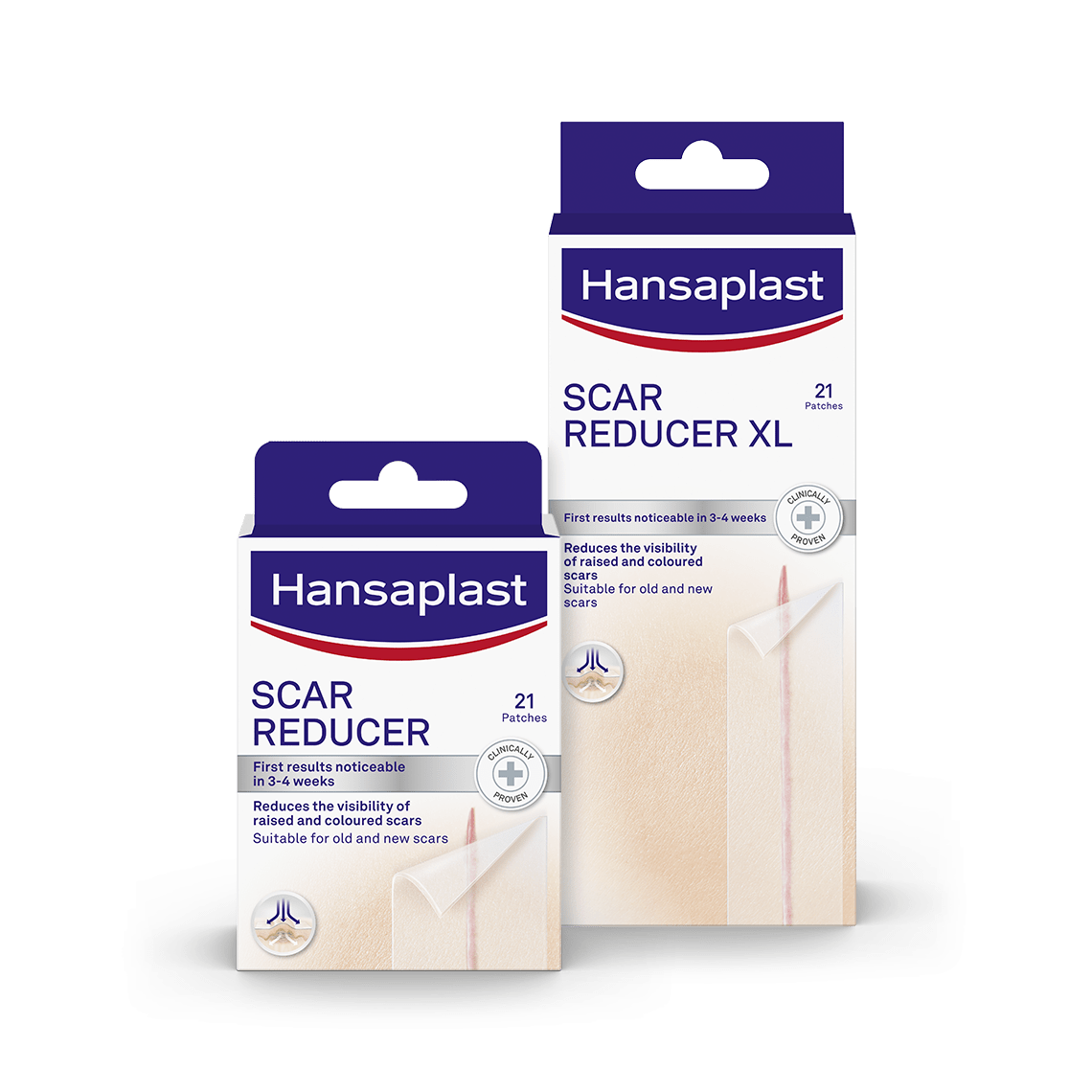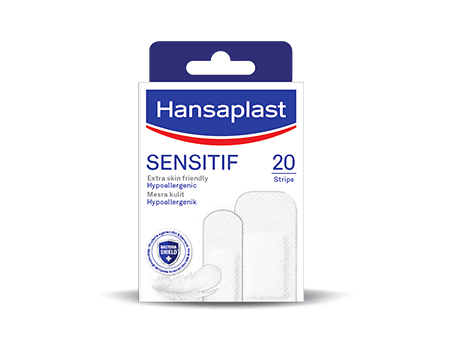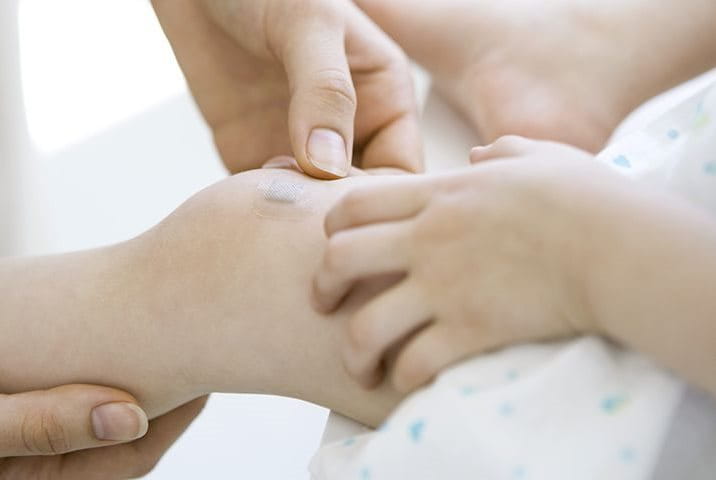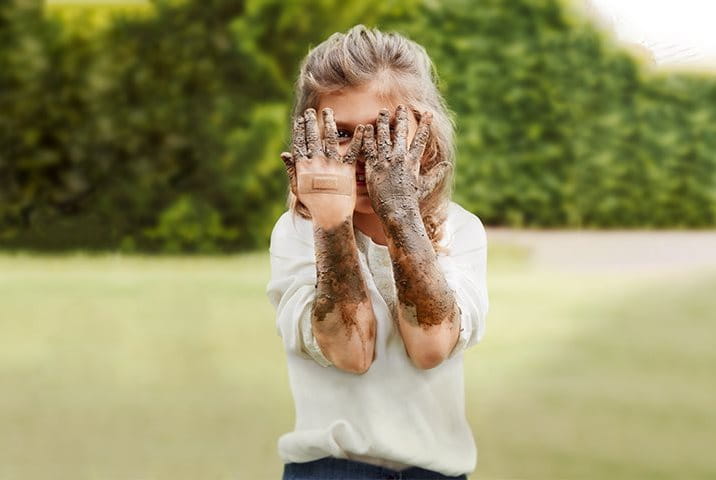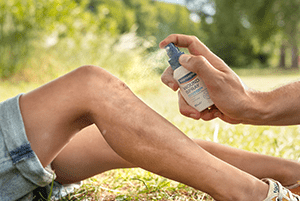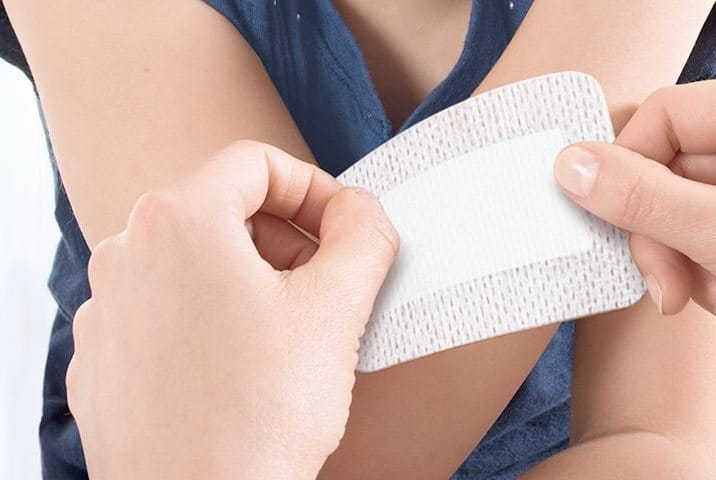Time To Refresh The Medicine Cabinet
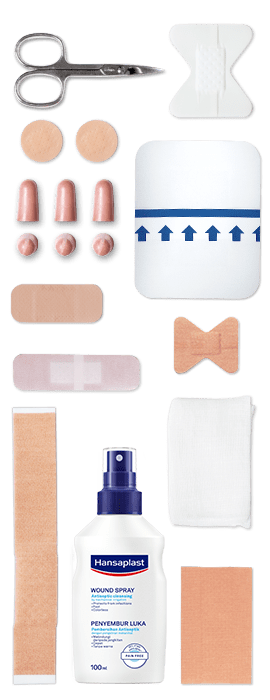
1. Store it in the right place
This may seem like a given, but you should always store your medication in a safe but easily accessible place and should always put it back there after use. Make sure that everybody in the household knows where the medicine kit or cabinet is located. If you have toddlers or small children, the opposite applies of course: Keep your medication in a cool, dry place which is locked up and out of your child’s sight and make sure that they are NOT able to reach it.
Also, keep it organised: Having to look for a package leaflet that’s flying around somewhere because you haven’t returned it to the package the last time you used that medication is unnerving.
2. Check for expiration dates and age specifications
Go through your medicine cabinet at least every six months and check the expiration date of evey package. Be safe and toss out anything that has expired, as well as antibiotics that have not been used up completely. Do not throw any of these in the garbage, but return the products to your drugstore or pharmacy. They will dispose of them safely and in an environmentally-friendly way.
Also, check for age specifications and dosage recommendations on the medication intended for your children. The types of medications they can use change as they grow older, as does the dosage. Upgrade and stock up when and where neccessary.
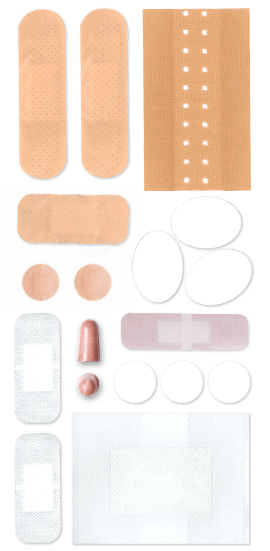
3. Check whether you have the right first aid bandages and products
Be prepared when it is most important: Most accidents still happen in the household or during sports, so make sure to have the right products to help you in those moments when you have cut yourself or sprained an ankle. A well-stocked medicine cabinet means you are all set in those crucial moments. Check the Hansaplast range for especially convenient essentials and solutions, such as Hansaplast Universal Plaster or Hansaplast Extra Tough Plaster which protects your wounds.
4. Assemble a “to-go-set”
Why should a “medicine cabinet” be something stationary? It makes sense to compile a selection of products that can be taken in your sports bag in case something happens during workout, hiking or other outdoor or sports activities. Hansaplast Wound Spray for instance, as well as a selection of plasters (i.e. Hansaplast Aqua Protect) are a safe choice.
5. Calling sheet
This can be a crucial time-saver: Always keep important emergency phone numbers such as those for an ambulance, for your doctor and pharmacy, or for any hotlines (e.g. poison hotline) in the medicine cabinet.
Medicine Cabinet Checklist
Make sure your medicine cabinet includes these items.
Check supplies regularly every six months.
- A thermometer
- A selection of painkillers and headache medication
- Cold medicine (decongestants, cough medicine, throat lozenges)
- Antidiarrheal treatment
- Hansaplast Wound Spray
- Plasters in various sizes for general care – such as Hansaplast Universal Plaster for smaller wounds and Hansaplast Aqua Protect Sterile XL/XXL Plaster for medium to larger wounds.
- Tweezers and scissors
- Hansaplast Wound Healing Ointment that will help to support and speed up the natural healing of minor wounds
- Fever medication
- Sterile gloves
- Apart from prescription medication that you take regularly.
It is about knowing about new, clever products with added benefits.
Clever Products And Time Savers
and support healing.
Travel Extras:
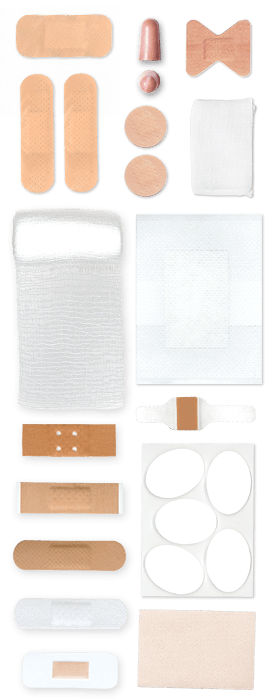
Make sure your feet stay healthy and unharmed by shoes, heat and moisture... Hansaplast Silver Active Anti-Transpirant and Hansaplast Blister Plaster will help you walk miles.
(For hikers, surfers and mountaineers:
Safe, durable and waterproof protection: The Hansaplast Extra Tough Plaster should not be missing in your travel kit if your holidays are on the active side).
Always see your doctor if the wound is deep, bleeding or shows signs of infection like reddening, swelling or warmth.
Also make sure to seek medical help if you are not able to clean the wound properly.
In case you have diabetes a proper wound care is of special importance. Always discuss any concerns you may have with your doctor and/or podiatrist, even for the care of minor wounds and skin cracks – especially on your feet.
Please note that none of the above given tips or recommendations substitute medical advice. Carefully read the instructions for use given in our products‘ packages. Important: consult a health professional in case of any uncertainity of treating your wound properly.
The information provided through this website should not be used to diagnose or treat a health problem or disease. It is not a substitute for professional care or advice. If you have or suspect a health problem, you should consult your doctor. Never disregard professional medical advice or delay in seeking it, because of something you have read on this website.
For further information regarding Hansaplast products, please contact us via email on phc@beiersdorf.com. Carefully read the instructions for use given in our products‘ packages.
